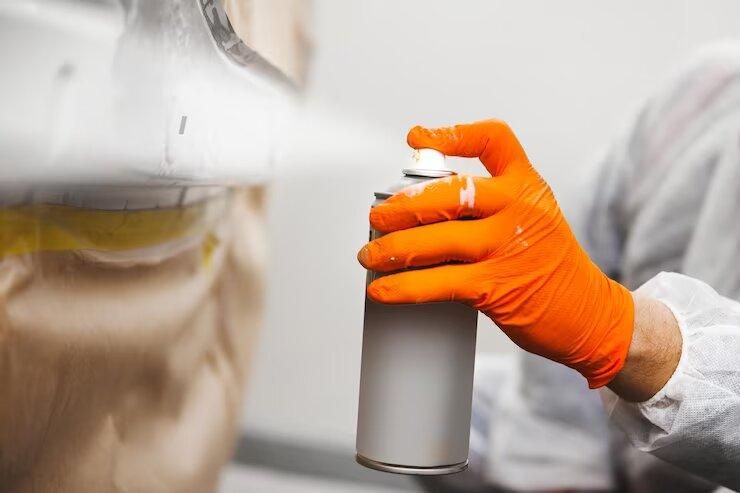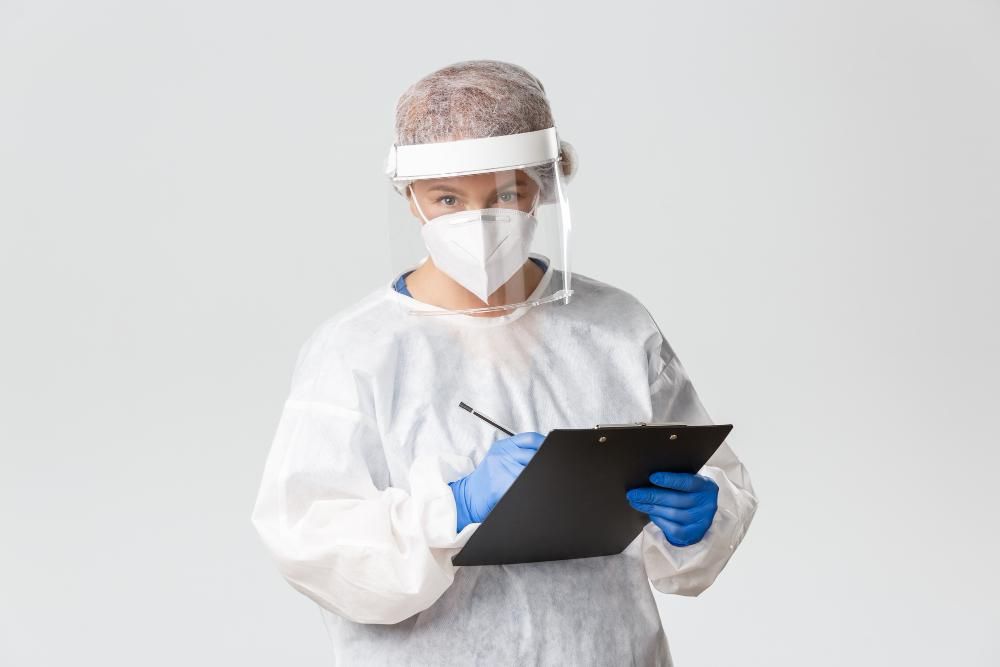A popular chemical product used to sterilize medical equipment may increase the risk of cancer, according to new research.
Ethylene oxide, which is regularly used to sterilize medical equipment, is now thought to be carcinogenic, prompting the Environmental Protection Agency to issue stricter limits on its use.
What Is Ethylene Oxide?

Ethylene oxide is a gas-based product that has been used to sterilize medical tools, including syringes and catheters, for the past four decades.
However, new studies may see the removal of the chemical-based cleaning agent, as research suggests it increases the risk of cancer.
Environmental Protection Agency Forced to Restrict Ethylene Oxide

In the wake of the discovery, the Environmental Protection Agency has been forced to place strict limits on the use of ethylene oxide.
At a final ruling this past week, the EPA announced its plans to reduce the use of the chemical cleaner by up to 90% at over 80 commercial sterilization facilities in the U.S., per The Associated Press.
Companies Forced to Carry Other Extensive Testing

According to a statement from the EPA, companies will also be required to carry out tests.
These involve testing the air in their facilities for any sign of ethylene oxide and ensuring their pollution controls are up to date.
EPA Aims to Protect Children

The EPA states the new set of regulations aims to protect those most vulnerable to potential carcinogens, including children and pregnant women.
According to PBS News, EPA Administrator Michael Regan said the rules will “safeguard public health from this pollution, including the health of children, who are particularly vulnerable to carcinogens early in life.”
Protecting the Most Exposed Communities

According to the EPA’s statement, the new rules will protect those most exposed to potential toxins in the air.
“We’ve arrived at a historically strong rule that will protect the most exposed communities from toxic air pollution while also ensuring safeguards [to] our nation’s critical supply of sterilized medical equipment,” said Regan (via PBS).
Ethylene Oxide Poses Severe Health Risk

Harold Wimmer, the president and CEO of The American Lung Association, states the science is clear on the potential dangers associated with ethylene oxide.
“The science on health risks from ethylene oxide shows both short-term and long-term exposure are dangerous for health,” he said.
Homes Near Commercial Facilities Most at Risk

According to the EPA’s research, people who live close to sterilization facilities that use ethylene oxide are most at risk.
“No one should have to live with elevated cancer risk because of air pollution in their community,” said Wimmer (via PBS).
People of Color Exposed to the Cancer-Causing Ethylene Oxide

A senior research analyst at the Union of Concerned Scientists argues the rules implemented by the EPA were long overdue.
“For far too long, communities across the country — especially Black and brown people and those who do not speak English as a first language — have been exposed to the cancer-causing chemical ethylene oxide,” Minovi said in a statement.
All Patients Need Access to Clean Medical Supplies

People suffering from lung diseases and a plethora of other health problems “also need access to safe and clean medical supplies,” said Wimmer.
“We appreciate the work EPA put into ensuring that this final rule both cleans up harmful emissions and ensures continued access to sterilized medical equipment.”
Public Health Experts Fight to Keep Communities Safe

“Make no mistake: politically powerful industries sought to weaken the rule’s health-protective standards,” said Minovi.
“But the public health benefits that will be afforded to communities through this action are a testament to the efforts of grassroots advocates and public health experts who didn’t let up in their demands,” she added.
EPA Better Understands the Risks Associated with Ethylene Oxide

The new restrictions come as the EPA gained a better understanding of the potential health risks associated with ethylene oxide.
Of 10 people who are exposed to the chemical gas in the medical sterilizing plants, one person may contract cancer. This is considerably more than the acceptable risk of 1 in 10,000.
